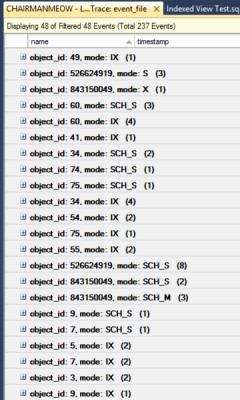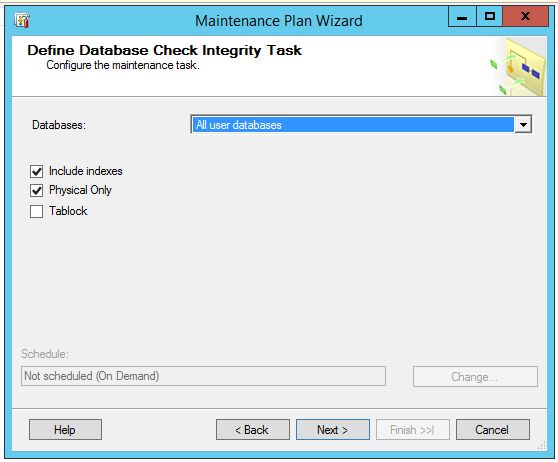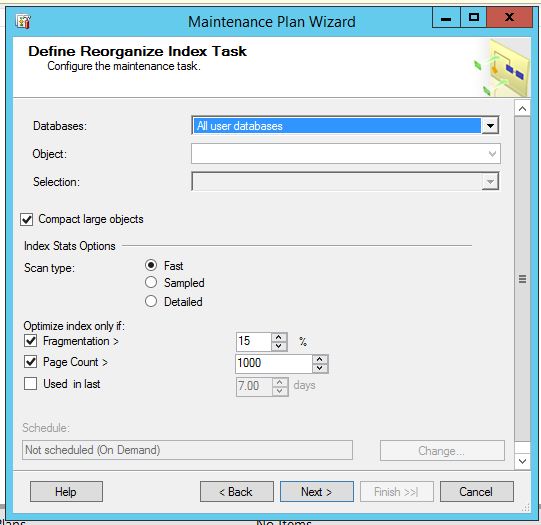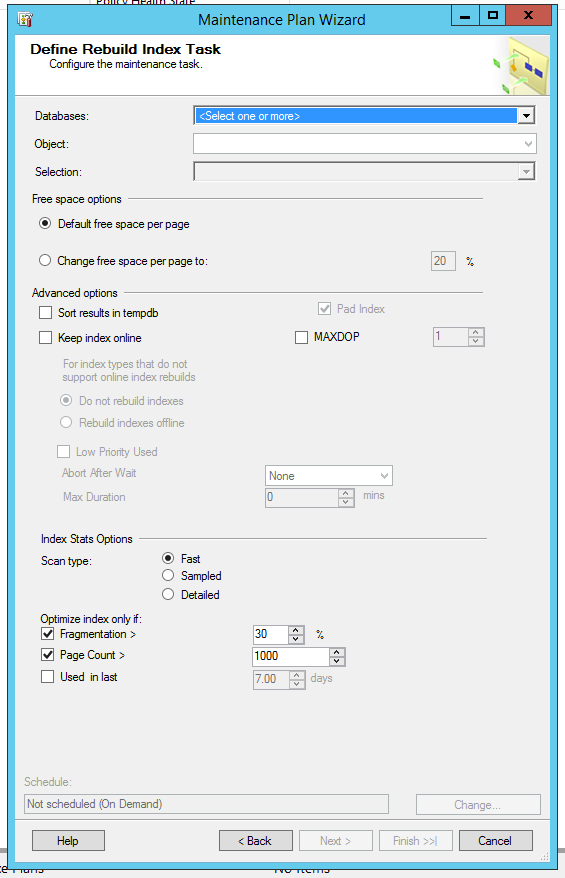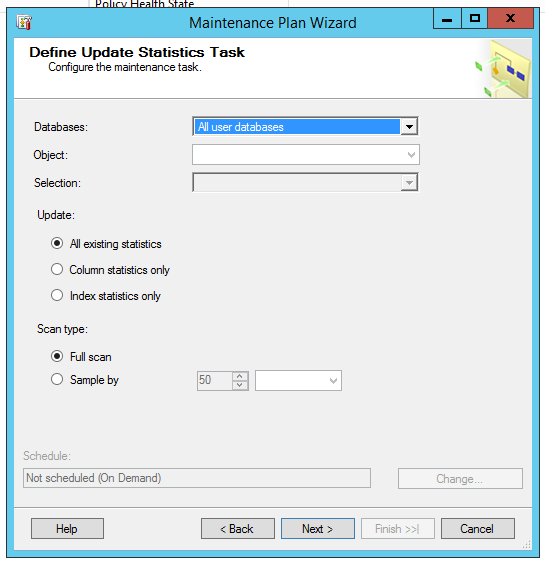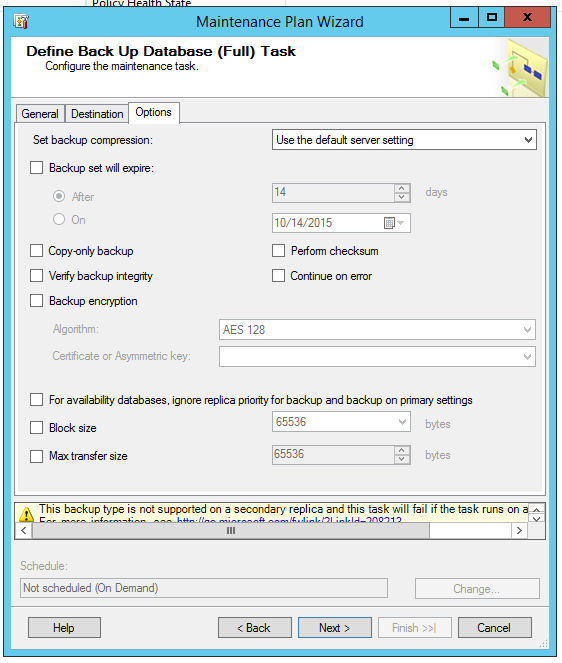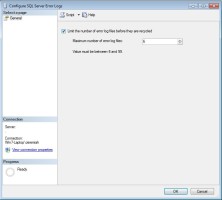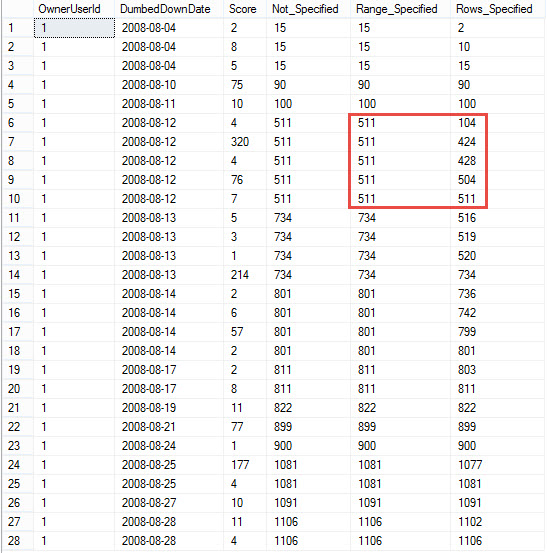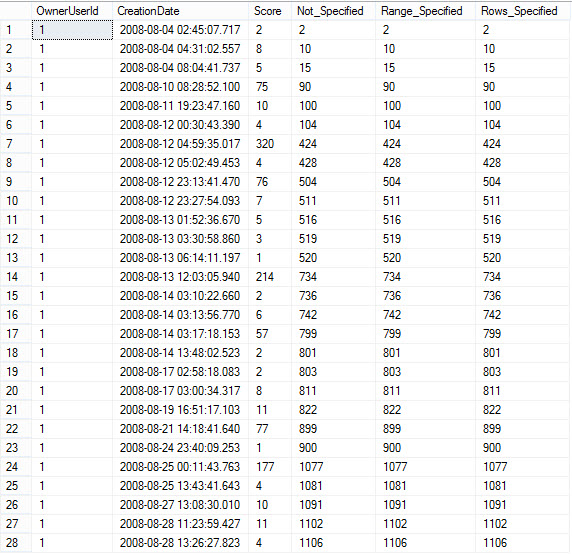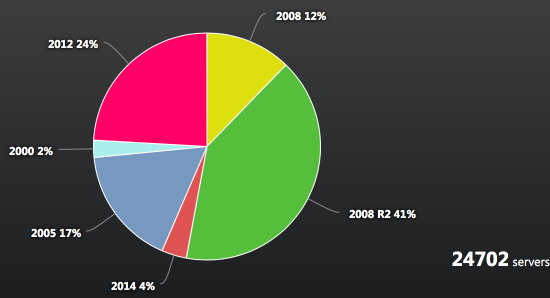You work with Microsoft SQL Server – maybe as a developer, report writer, analyst, sysadmin, or DBA.
You want to learn more about how to make it faster and more reliable.
But your company can’t afford training. Maybe it’s a charity that needs to save every dollar to make a difference in the lives of others. Or maybe it’s a non-profit arts foundation, or a small startup that’s barely making ends meet.
We want to hear from you. We’re going to pick 25 SQL Server professionals to get access to a tailored set of training classes that focus on issues relevant to each person’s pain points.
The fine print:
- You must already have a job working with SQL Server.
- You must work for a foundation, non-profit, charity, or similar company that’s doing good work. It can totally be a for-profit company, just as long as they’re making a difference. (If you work for Ginormous Profitable Global Corporation, forget it.)
- Your company or government rules must allow you to receive free or discounted training. (Some companies prohibit their employees from accepting gifts.)
- You can be anywhere in the world. (Some of our scholarships will involve in-person training, and some will be online video training.)







